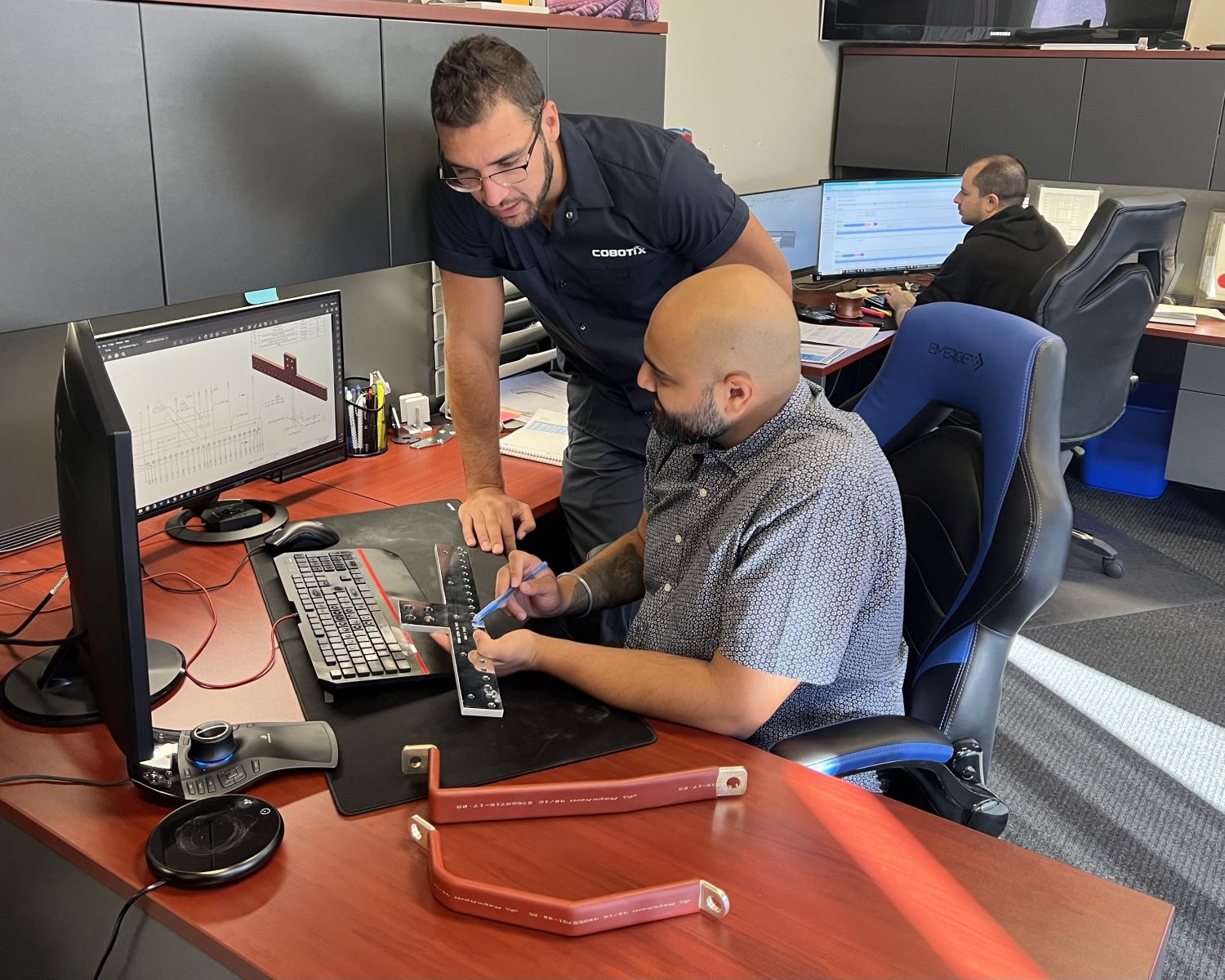The Copper Crunch: Solving the copper supply problems facing green energy
“Another delay…what do you mean another delay?”
This complaint is commonly heard in factories across North America. Copper is essential in making the crucial components required to ensure the generation, distribution, and storage of green, sustainable electricity. Yet, production schedule delays are common thanks to the strained supply chain of copper components. Let’s examine what has caused this situation and, more importantly, what we can do to further our mutual goal of the green and renewable electrification of our economy.
A perfect storm
Beginning with shutdowns from the pandemic, supply chains continue to be strained. When manufacturing shut down, supply capacity was greatly reduced. To reduce supply chain risk, many companies are re-shoring their manufacturing to North America, but capacity ramp-up is hampered by labor shortages and rising capital costs from increasing interest rates.
At the same time as capacity is restricted, demand is increasing; “…electrification is projected to increase annual copper demand to 36.6 million metric tons by 2031”. This is in part due to the Inflation Reduction Act. “The IRA directs nearly $400 billion in federal funding to clean energy, with the goal of substantially lowering the nation’s carbon emissions by the end of this decade”.
The result is long lead times for copper parts and components. Clearly, it is not business as usual. If we continue to use old tactics, supply problems will continue for the foreseeable future. This is the case for both prototyping and for production. It’s time to take a different approach to supplying copper parts to those manufacturing ways of production, distribution, and storage of renewable electricity.

The new model: cooperation over competition
The traditional role of the purchasing manager was finding potential suppliers and then choosing the one charging the lowest price. When there was plenty of capacity (due to globalization and the cost advantages of lower labor costs offshore), this model served to lower costs. Competition on price alone exposed companies to higher risk.
The new world requires cooperation, not cutthroat competition. There are several reasons this is valuable for risk management, product quality, and long-term pricing. Today’s purchasing manager must look for partners rather than suppliers, and cooperation rather than competition. Here’s why.
Engineering support
Design engineers aim for efficacy. They know what they want the component to do, how it fits into the product, and how to make sure it works. Their focus is not on the machine, but rather what it does. Manufacturing engineers look at the same parts and components, but from a different angle. The manufacturing engineer focuses on how that part is made as well as what it does. Manufacturing engineers often suggest ways of doing things differently so that they are not just effective, but easy to produce. Changing configurations, reducing contact points, and even changing metal compositions improve manufacturing efficiency without changing the effectiveness. For example, reducing manual processes for those which can be mechanized; throwing labor at a part may have worked when parts were outsourced to Asia, but good design reduces labour costs.
Good suppliers are partners. Bringing the design and manufacturing teams together earlier in the design process results in products which not only meet all the specifications but are more efficiently manufactured. Truly a win-win situation.
.jpg) Modern equipment
Modern equipment
Copper fabrication goes back thousands of years to the Bronze Age. Today’s industry is more technologically advanced and efficient than ever. Improved software, programmable high-speed equipment, and automation, including robotics, dominate our industry. These advances make it possible for medium-sized copper fabricators to meet the growing copper requirements required by clean energy. This includes more accuracy, increased power density, and complex parts in bussing assemblies common in energy, production, distribution, and storage systems. From advanced fiber laser cutting to CNC machines, these fabricators meet these challenges. They also have an edge in labor efficiency, time to market, and improved manufacturable designs. Yes…the famed ‘Mittlestand’ does exist right here in North America.
Shared information
In a partnership, information is more easily shared. Informing your supply partners with changes, forecasts, and schedules on a regular basis helps with planning throughout the supply chain. Information helps both production scheduling, and even inventory levels. Having suppliers within North America changes the time-to-delivery dynamic, ensuring both partners achieve their financial goals.
The new way of doing things is all about trust. Let’s be honest, NDAs are fine, but we need to find trusted supply partners to develop the kinds of supply we require as copper parts and components surge in our cleaner, greener, low carbon world.
New challenges call for different tactics, strategies, and mindsets. In order to get to the green electrification we all want, firms that are innovative, nimble, and creative become essential to all parts of the supply chain. The medium-sized copper fabricators across North America are ready for the challenge.
The author is Bill Erichson at Cobotix Copper, which supplies copper to the power industry, including EV chargers and microgrid systems.
Cobotix Copper | www.cobotixcopper.com
Author: Bill Erichson
Volume: 2023 September/October









